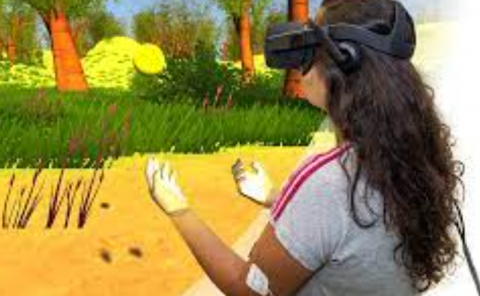Virtual reality for assessment of patients suffering chronic pain: a case study
Title: Virtual reality for assessment of patients suffering chronic pain: a case study
Teams: Microsoft
Writers: Joan Llobera Mar Gonzalez Franco Daniel Perez-Marcos Josep Valls-Sole Mel Slater Maria V Sanchez-Vives
Publication date: March 2013
Abstract
The study of body representation and ownership has been a very active research area in recent years. Synchronous multisensory stimulation has been used for the induction of the illusion of ownership over virtual body parts and even full bodies, and it has provided experimental paradigms for the understanding of the brain processing of body representation. However, the illusion of ownership of a virtual body has rarely been used for patient evaluation and diagnosis. Here we propose a method that exploits ownership of a virtual body in combination with a simple brain computer interface (BCI) and basic physiological measures to complement neurological assessment. A male patient presenting a fixed posture dystonia featuring a permanently closed left fist participated in this case study. The patient saw a virtual body that substituted his own after donning a head-mounted display and thereby entering the virtual reality. The left virtual hand had the same posture as his corresponding real hand. After inducing virtual hand ownership by correlated visuo-tactile stimulation and dynamic reflections in a virtual mirror, the virtual hand would open either automatically or through a cognitive task assessed through a BCI that required him to focus attention on the virtual hand. The results reveal that body ownership induced changes on electromyography and BCI performance in the patient that were different from those in five healthy controls. Overall, the case study shows that the induction of virtual body ownership combined with simple electrophysiological measures could be useful for the diagnosis of patients with neurological conditions.




